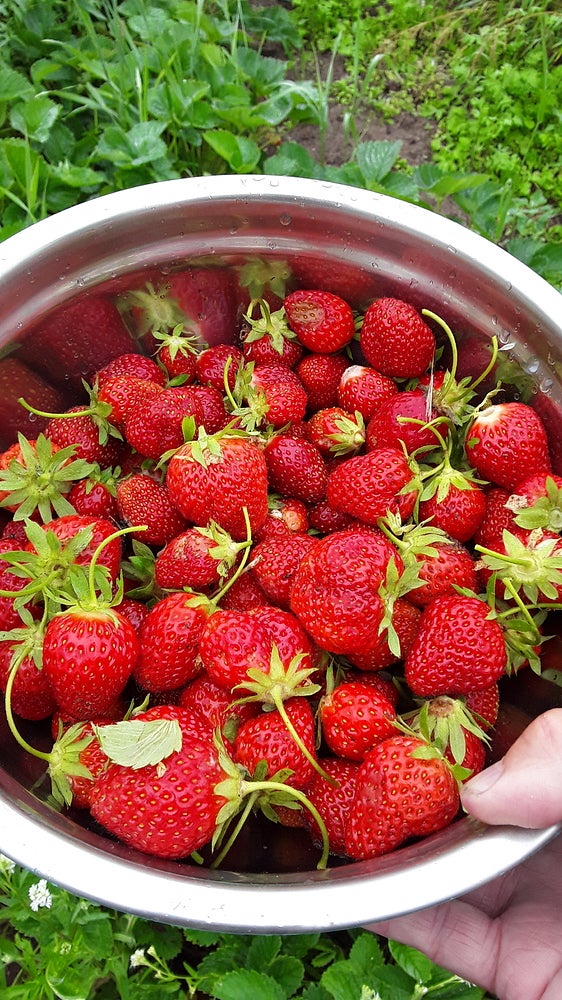Growing Strawberries
Published 12:11 pm Wednesday, May 20, 2020
|
Getting your Trinity Audio player ready...
|
by Max Phelps
Yards to Paradise
Growing a few strawberries in the yard or garden is pretty easy, yet many find it a bit intimidating. Let’s take a look into strawberry culture and how you might grow a few at home.
Strawberries are classified as June bearing or everbearing. June bearing ones begin ripening in May in our area and often continue through June. There are different varieties; ripening can be spread out for a couple additional weeks by picking an early and a late variety. Everbearing and ‘day neutral’ cultivars will have a small early harvest and a trickle of additional berries throughout the summer. Certainly, the June bearing ones are the way to go, except for the hobbyist homeowner who wants a couple ripe berries every day or so all season, as they give greater harvests, but all within two to four weeks’ timeframe.
Just 25 plants of Junebearers can produce a couple pounds of berries, that is a quart or two, at one picking date. And picking typically should happen three times per week during the main harvest period.
Buying plants from a mail order catalog is the typical method of starting a new strawberry patch. Sometimes plants may be for sale at co-ops or farm and garden stores in early to mid-spring. Sometimes a county extension office will order strawberry plants for people.
Where do you plant strawberries? A raised bed is a good choice for the person with a small yard. For anyone with any bit of acreage, a section of garden would give them room to multiply and produce more plants, which yield more berries. Planting them between shrubbery, blueberries or fruit trees also works. Usually a ‘bed’ or ‘patch’ of strawberries will produce for about three years…but careful ‘renewal’ of the old plants with new runner plants plus keeping them free of weeds and disease, and potentially the strawberries will produce for many seasons. Weeds crowding out the strawberries is usually what terminates the life of a strawberry patch.
Planting of bare root strawberry plants is usually done in mid to late spring, but some have success with planting at most any season, depending on what zone you live in. April, May and June work in Zone 6, often August and September are chosen in Zones 7 and 8. Irrigated plantings in Florida and California produce the greater portion of the commercial berries in the supermarkets.
Strawberry plants must be planted at proper depth. Too deep or too shallow and they won’t perform well. Too shallow can be ‘cured’ by taking a hoe or other implement and dragging dirt up around exposed strawberry roots. Other than that, they aren’t too picky. You can plant in the mud, clay or sand, high or low pH, and once established, in areas with 40 or more inches of rainfall per year, they typically need no irrigation or watering. Fertilizer is optional except they need some around Labor Day, as that is when they are setting buds for the next year’s blossoms. Over-rich soil will create a mass of pretty plants, but often fewer berries.
After harvest is finished for the spring, it’s best to clip or mow off the strawberry leaves, cultivate them at that time, and fertilize lightly. This is also a good opportunity to take some of the plants and expand the row or plant a new bed with “free” plants.
Locally grown usually taste better, are more nutritious and obviously are a help to the local economy and the environment. Why not try a few strawberry plants this spring in your garden? It’s not too late.
And if you’re still stuck at home due to this virus thing, learning to grow a few strawberries would be a great new adventure and you will be rewarded with a few fruits this year and many more for years to come.
For more information, visit www.rockcastles.net.




